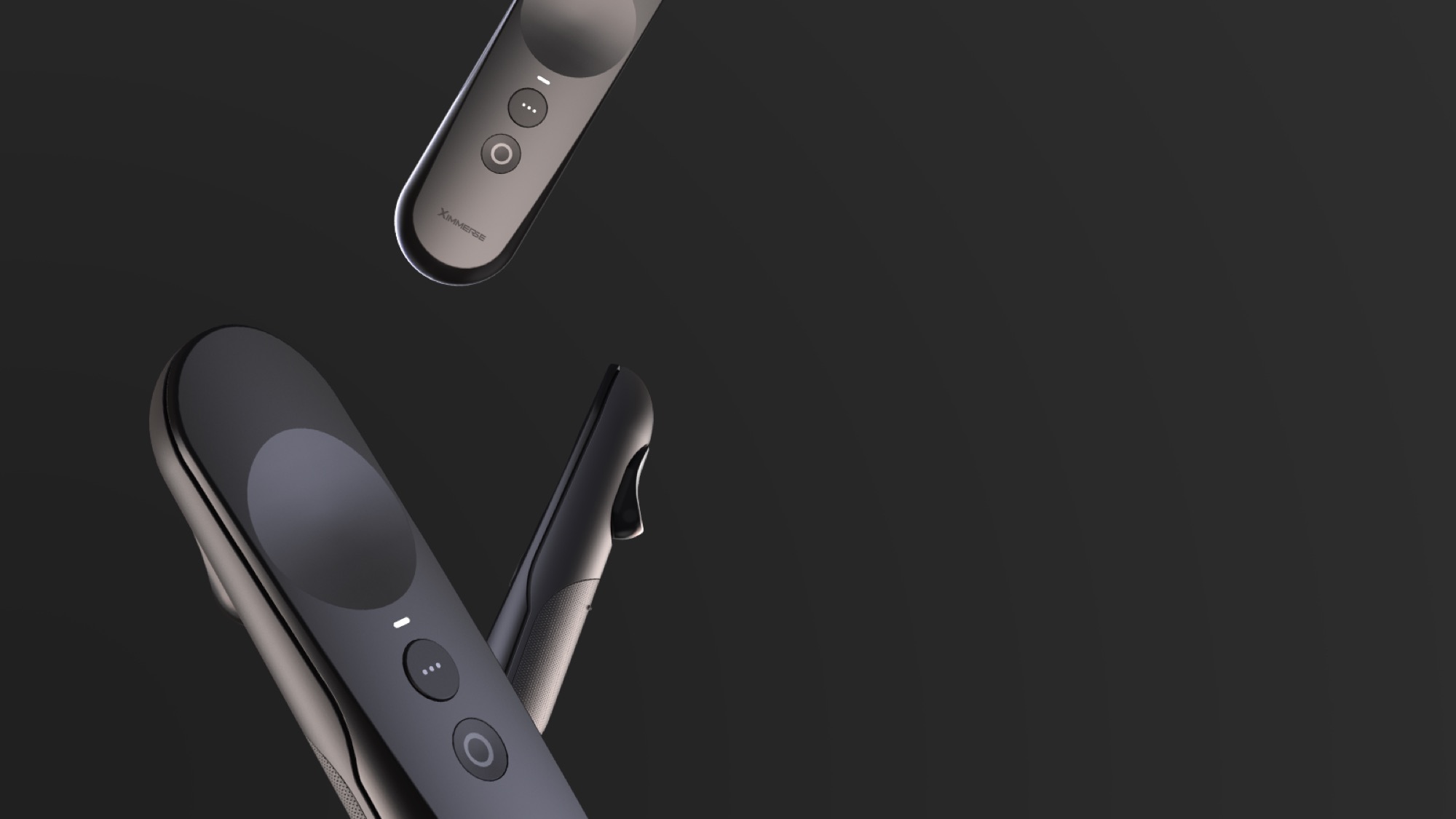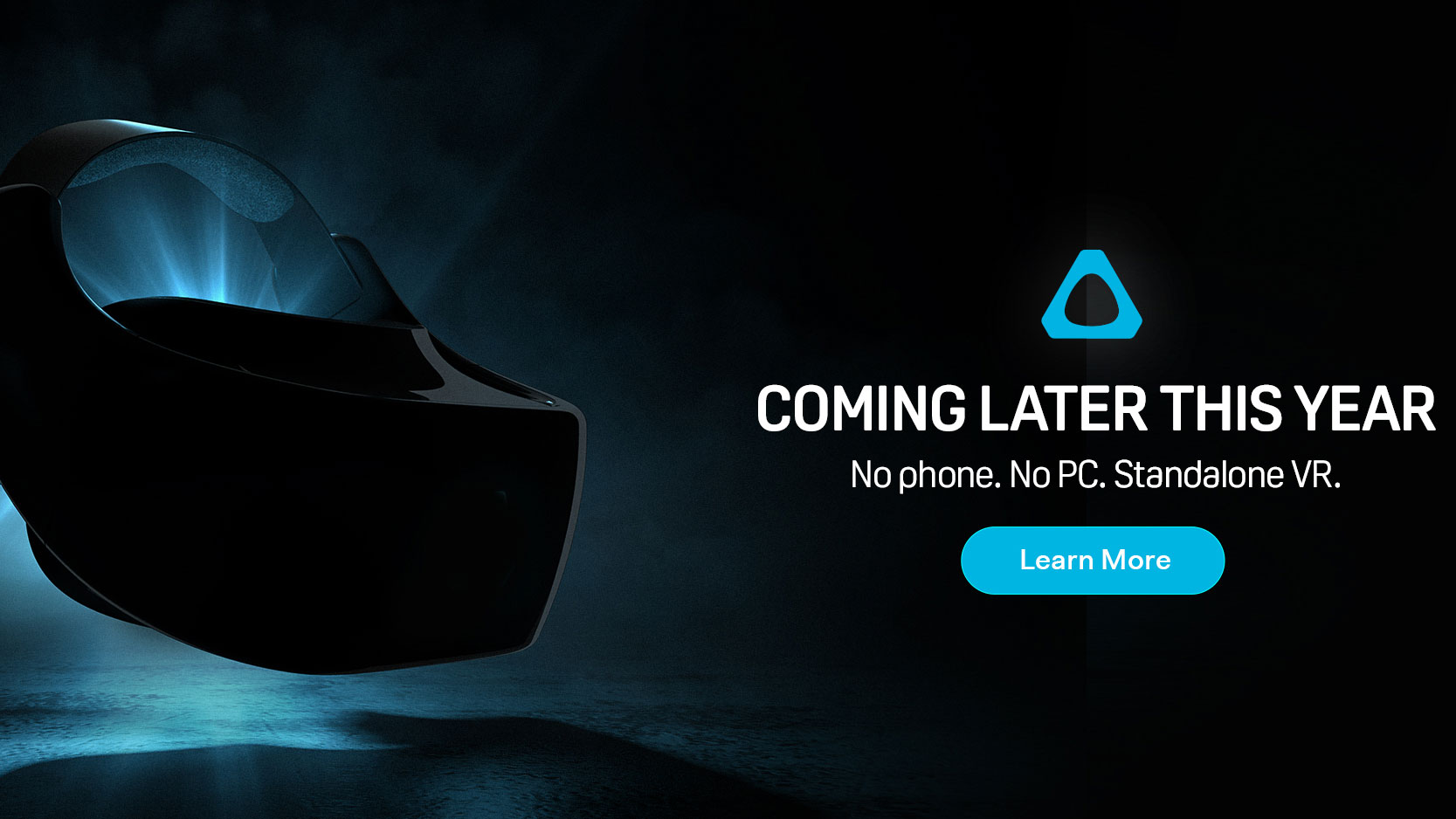Qualcomm brings controller support to its standalone virtual reality headset
Adding more immersion, one component at a time

Mobile chip giant Qualcomm is pushing ahead with its vision for standalone virtual reality headsets, today announcing three new partnerships related to its Head Mounted Display Accelerator Program (HAP).
The most exciting team up is with Ximmerse to bring optional support for the company's Flip controllers to headsets developed by Qualcomm's hardware manufacturing partners. Qualcomm's Snapdragon 835 VRDK reference design headset also supports the controllers, Senior Director of Product Management for Qualcomm Atheros Hugo Swart tells us.
The Ximmerse Flip offer three-degrees of freedom (3 DoF) tracking, letting users point, select, grab and shoot, among other motion-control functions within VR. The controllers will work with the Snapdragon VRDK and companies that participate in HAP and opt to use them.
Google also tells us its standalone Daydream VR reference design headset as well as HTC and Lenovo's standalone headsets feature 3 DoF controllers. Google's headset is built in partnership with Qualcomm and runs on the latter's Snapdragon 835 VR platform.
Shoring up support
Bosch Sensortech is another new Qualcomm virtual reality program partner, and the company's BMX055 absolute orientation sensor will be integrated into the Snapdragon 835 VRDK.
Among the sensor's components are an accelerometer, gyroscope and magnetometer. These will pick up "precise and high-frequency inertial measurements," essentially meaning the sensor will provide more accurate and lower latency movement tracking.
Finally, OmniVision's OV9282 1MP high-speed global shutter image sensor is coming on board. This component will deliver precise feature tracking to headsets. Qualcomm "worked deeply to qualify" both components for extended reality (XR) experiences, Swart says.
Get daily insight, inspiration and deals in your inbox
Sign up for breaking news, reviews, opinion, top tech deals, and more.

These partnerships may not rattle the VR world to its core, but Qualcomm is continuing to move its head mounted display program forward and deliver more features to hardware partners so they can create immersive mobile VR.
While that vision is starting to come into focus, Qualcomm is looking even further ahead. It sees a future where VR and augmented reality meet in extended reality sunglasses, as well as more AR products like some currently in development based on its reference design.
In the shorter term, HTC and Lenovo are lined up as the first companies to bring standalone Daydream VR-based headsets to market. These headsets won't need a phone, PC or other cable-connected device to power the experiences and should deliver lower latency than current headsets that rely on phones.
Backed by Snapdragon processing power, HTC's headset is due "later this year" while Lenovo's will launch in the winter.
Michelle was previously a news editor at TechRadar, leading consumer tech news and reviews. Michelle is now a Content Strategist at Facebook. A versatile, highly effective content writer and skilled editor with a keen eye for detail, Michelle is a collaborative problem solver and covered everything from smartwatches and microprocessors to VR and self-driving cars.
